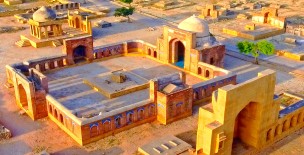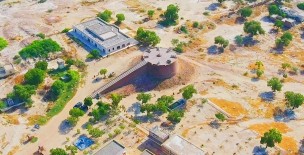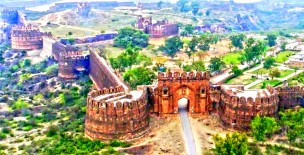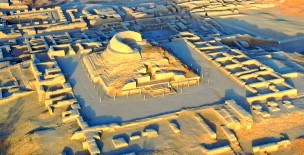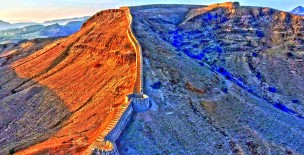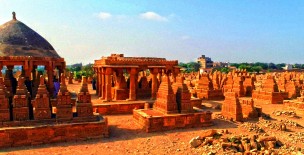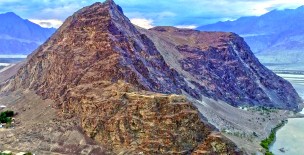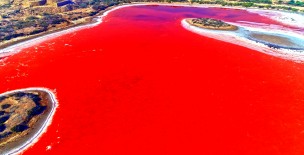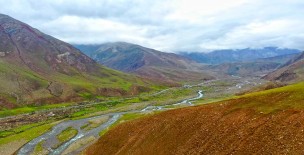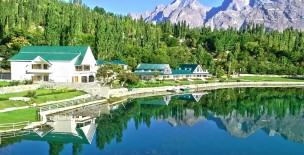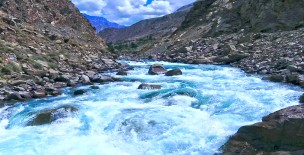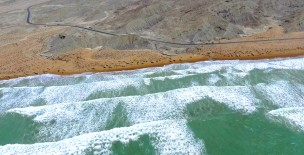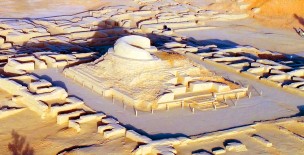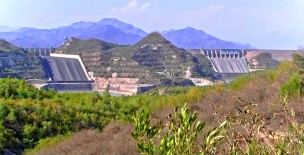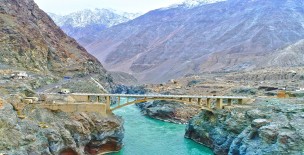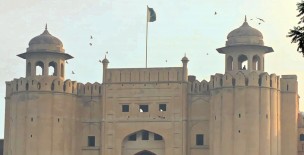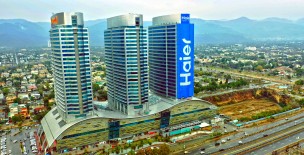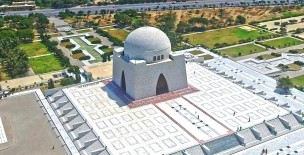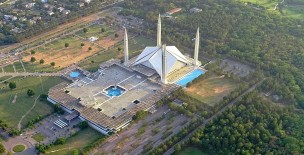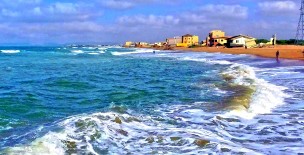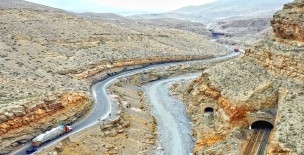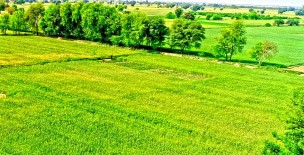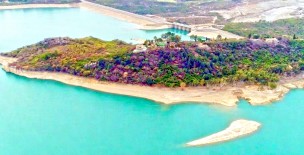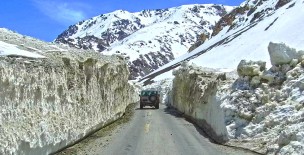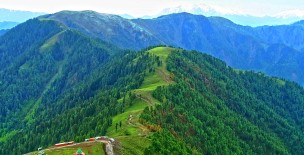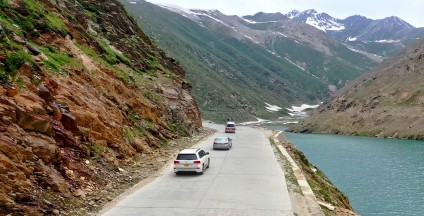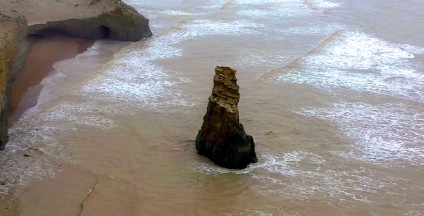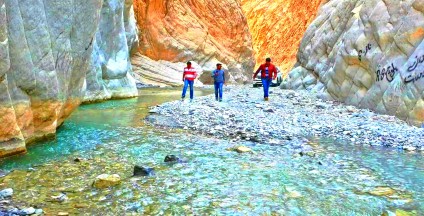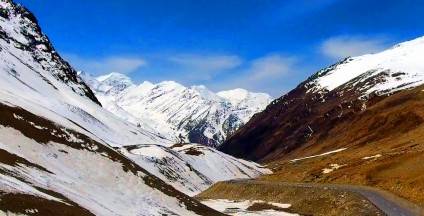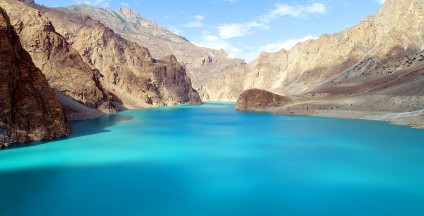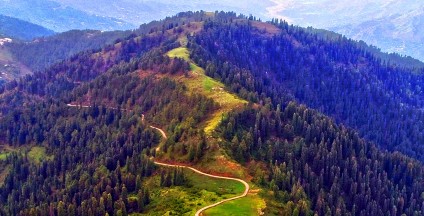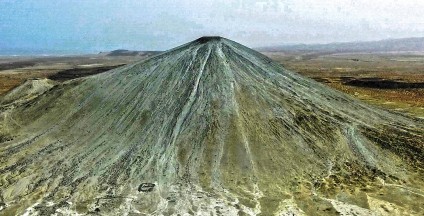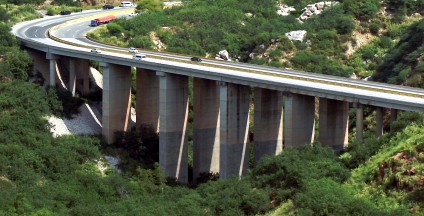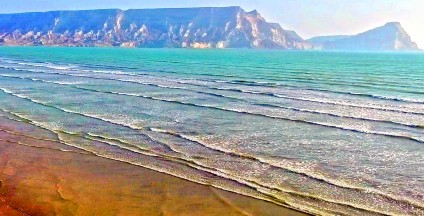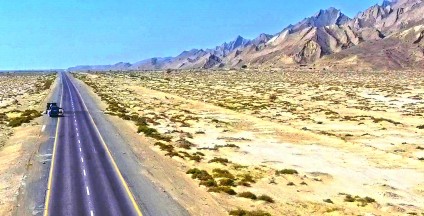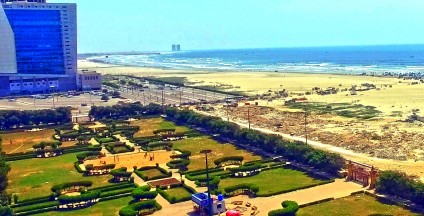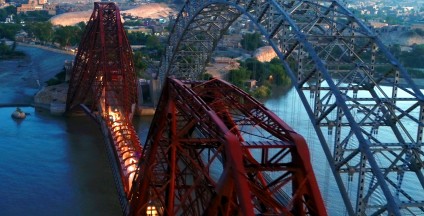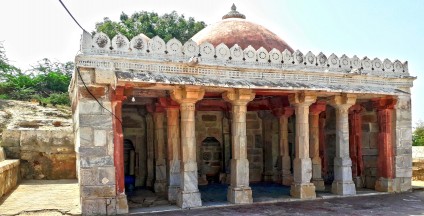The common misconception about these tombs is that they belong to the soldiers accompanying Mohammad Bin Qasim in his quest to conquer Sindh in 712 AD.
As a result of this fallacy, a concrete sign has been erected on the southern edge of the Hingol National Park on the Makran Coastal Highway that reaffirms this false claim.
In addition, there are several stories and myths relating to these tombs linking them to the Hinglaj Mata whose temple is just a few kilometres away from this place.
However, none of the stories are true. In fact, at the cost of disappointing many, I have to say that these tombs are not related to the army of Mohammad Bin Qasim at all.
The style in which the slabs/stones of these toms are crafted are similar to what we find in the Chaukandi Necropolis in Malir, Karachi.
One must bear in mind that the Tombs of Chaukandi graveyard are mainly attributed to the Jokhio tribe and a few Balochis.
It is a known fact that Chaukandi tombs were built during the Mughal rule sometime between 16 and 18 centuries.
Moreover, Arabs never built such tombs hence the argument is compelling enough to reject the incorrectly associated stories.
The government needs to do a proper research on the origin of these tombs, which may be 200 to 500 years old and could be related to local Baloch population.
Until such time, the sign on the road should be removed as it is spreading false information and promoting misconception.
Balochistan - Ancient (Unknown) Tombs of Hingol
Related Videos
Leave a Comment:
For comment please login first: Login here
